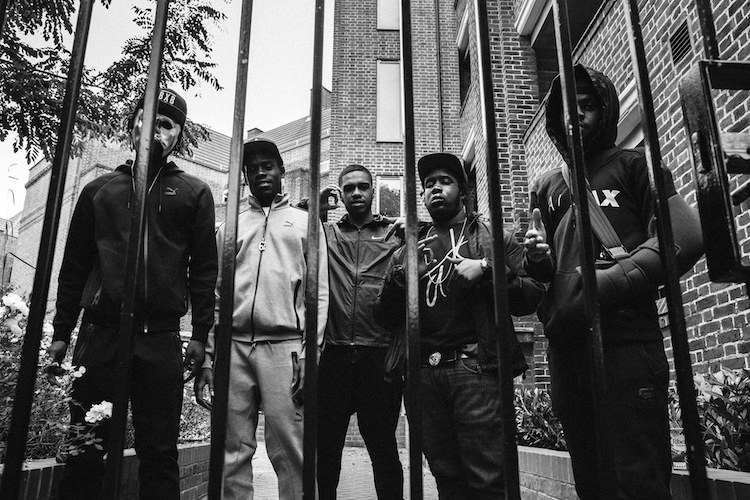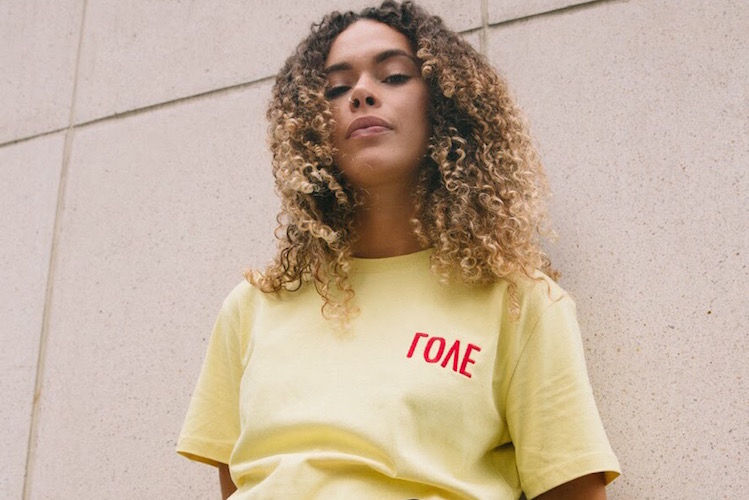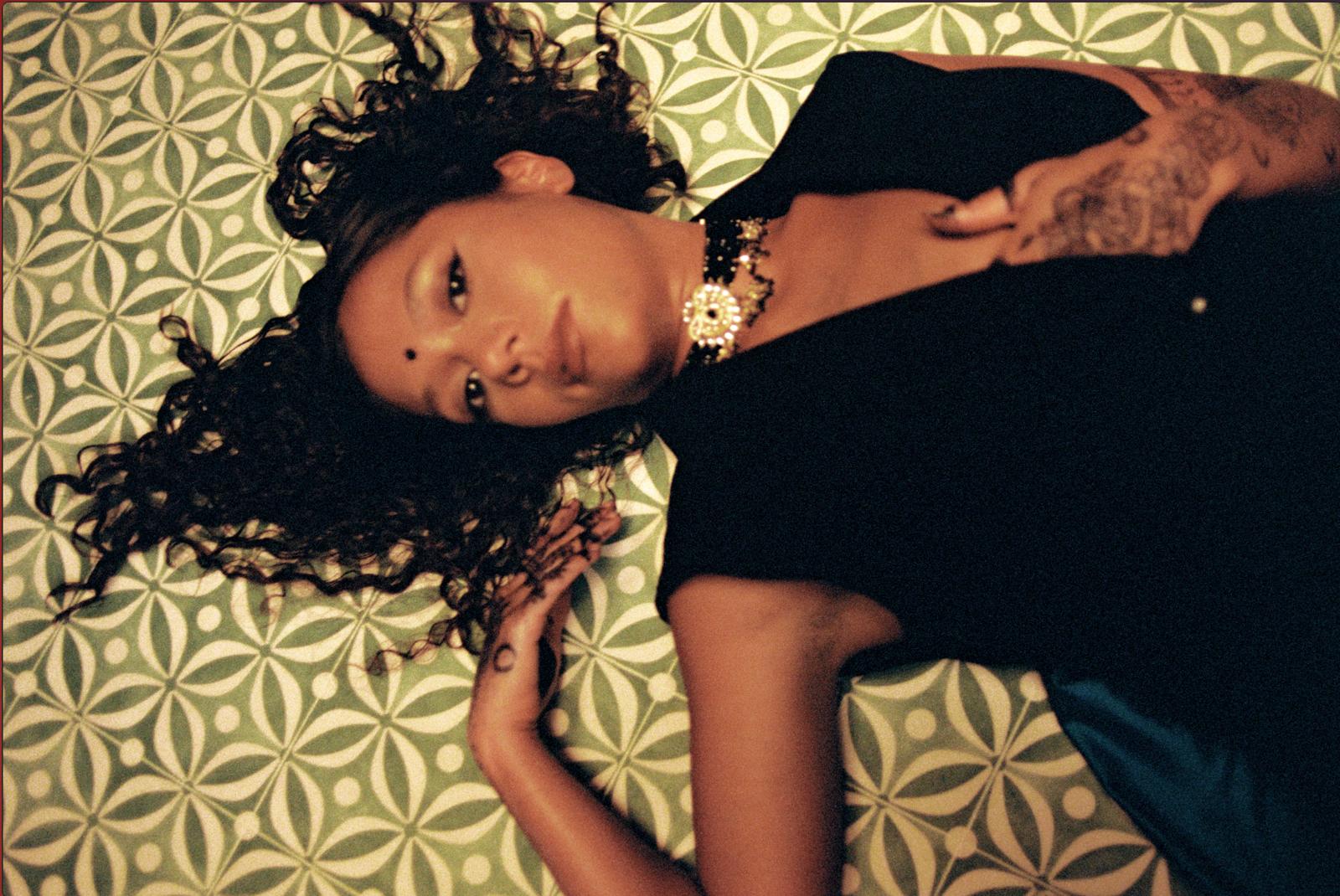
UK drill music has been dubbed “the music behind the explosion of teenage deaths on London’s streets” by Harriet Sergeant of the Spectator. Indeed, many mainstream news outlets are attributing the spike in violent crime in London to the “nihilistic genre filled with boasts of deaths and violence”.’ I’m afraid the hours of scrolling through the Twitter accounts of young black Brits were wasted because those who attribute the horrific violence and tragic loss of life to a genre of music are not only wrong, but also lazy. The deaths in London have mostly affected a specific demographic of those who are young, black and working class, and to attribute such loss of life to the popularity of UK drill music is both ignorant and offensive. To tell the mother of Tanisha Melbourne, aged just 17, or the father of Israel Ogunsola, who was only 18, that their lives were taken because a young person listened to songs about “drilling” and “skengs” is insulting to their lives and the legacies they have left behind.
Imported from Chicago, a notoriously violent city that saw over 2800 shootings and 600 deaths in 2016, drill was brought into the mainstream by popular artists such as Chief Keef and Lil Reese. At one point, it was embraced as the grittier, menacing, younger brother of American hip hop, with stars like Kanye West remixing Chief Keef’s breakout ‘I Don’t Like’. So how does this seemingly distant genre, which holds cultural significance in a society that has almost normalised gun violence against black people, end up becoming so popular here?
The internet, of course.
UK Drill, in the same spirit as its American counterpart, speaks of weapons, violence and seemingly glamourises a life of guns and drugs. Balaclavas are common outfit accessories, as such explicit lyrics and facial identification could be used in court, as these rappers explain, quite graphically, what they plan to do to their “opps”, how much money they make from selling drugs andhow many women they sleep with. This is the usual lyrical content we have come to accept as an inherent essence in most mainstream rap, but in drill it comes to us by people whose faces we cannot see.
Instead, we are only aware of their names and possibly what area of London they reside in. As impersonal as this may seem, drill music has blown up in popularity, with prominent talents such as K-Trap, Skengdo and AM and Harlem Spartans selling out headline shows and billed on the Reading & Leeds festival line up.
“Yes, we can agree that drill music is misogynistic, and yes we can agree that it glamorises violence”
The sound of UK drill is being played at university raves, on mainstream radio and huge scale festivals with young demographics that see their audiences ignorantly screaming these lyrics word for word. . With millions of YouTube views across the span of the scene would there be anybody left between the ages of 13 and 25 if drill really incited violence?
Yes, we can agree that drill music is misogynistic, and yes we can agree that it glamorises violence. The recent spike in violent crime and the spate of deaths in London however, are not exclusively caused by a 15-year-old posting a music video on YouTube in a balaclava. Many on social media have been quick to argue that drill music needs to be banned and removed from online platforms because it incites violence amongst the youth and encourages them to take lives. This not only massively underestimates the moral autonomy of inner–city Londoners, but also ignores our intelligence.
Instead of blaming drill artists for the incidents of violence and subsequent deaths, critics need to look at why drill artists are so graphic in their lyrics. Music, in all its forms and guises, is a medium for expression. A common underlying theme in drill, and grime – another music genre dominated by young black men – is contempt for the police, with various references to ‘pigs’ and ‘bacon’, all most likely drawn from negative interactions with the authorities.
Skengdo and AM, a drill duo that have been propelled to popularity with their debut mixtape ‘2 Bunny’, even reference popular teen TV show ‘The Vampire Diaries’ in ‘Jump that Fence’ :
“Two in your neck like Stefan, or it could’ve been Damon” – Skengdo and AM
The reference to a popular teenage TV show could obviously be for wordplay, but something so innocuous only humanises the artists, and reminds us that are simply young people, who use rap as a medium of self-expression. Are we to predict a forthcoming trend in vampire-inspired attacks because of this lyric?
“The opportunity to rap and tour is a way of getting out for many artists, and leaving that lifestyle behind”
Of course, the popularity of drill music has also provided a very public platform for conflicting groups and collectives to attack each other using diss tracks. The ease with which an artist can record, shoot a video for, and release, a diss track has made it easier for threats to be sent to opposing gangs. It would be naïve to argue that drill music hasn’t facilitated the conflict that has led to physical violence. However, the solution towards decreasing gun and knife violence doesn’t lie in censoring drill music, because the fact of the matter is that the genre is simply portraying the everyday life of too many young people. The opportunity to rap and tour is a way of getting out for many artists, and leaving that lifestyle behind. Instead, focus should be shifted towards changing those circumstances, and addressing the violence head-on, at the root cause. Simply silencing the violent lyrics and bleak images of life as a young gang member doesn’t address the fact that this violence has become normalised in music today because it plays a large role in many people’s lives.
Violence, in all its forms, breeds violence, and music is simply a way for;outsiders to catch a glimpse of the lives of those who perpetuate it, and suffer at the hands of it themselves. Temi Mwale, a prominent youth campaigner and founder of the ‘4Front Project’ advocates a holistic approach towards healing the victims of violence before they become perpetrators. Unfortunately, many people know at least one person who has died as a result of knife or gun violence, and to prevent a cycle that stems from grief and feelings of insecurity, counselling should be made available to communities. The acknowledgement that many friends and family of those who die by such violent means, suffer from PTSD, is one step towards this long-term solution.





